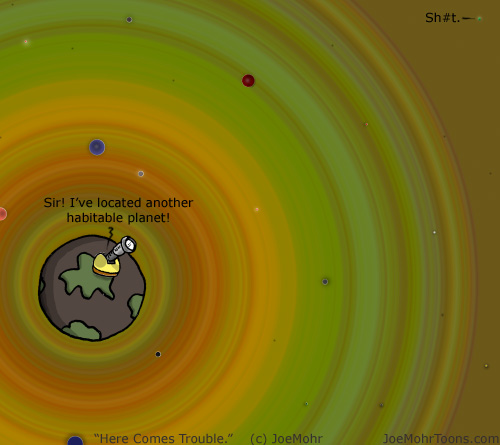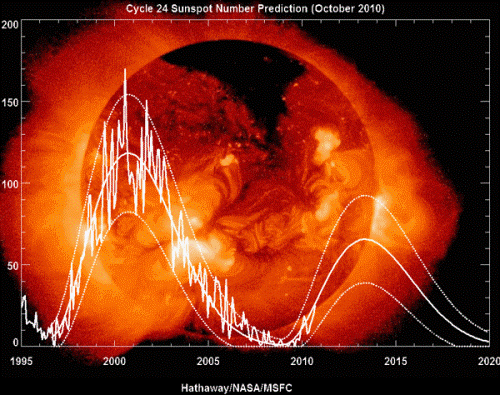
Two hundred thousand miles (322,000 km) above the earth, the Interstellar Boundary Explorer (IBEX) drifts in space, quietly “sniffing” the interstellar wind that continuously streams into our solar system from far beyond.
The probe is designed to detect minute traces of matter (electrically neutral atoms and molecules, know as interstellar material) that originated in supernovae many billions of years old, and which were subsequently scattered throughout our Milky Way Galaxy by these powerful explosions.
For the first time, astrophysicists are reporting detection of four key elements streaming into our solar system from the interstellar medium…those being oxygen, helium, hydrogen and neon.
The probe can also detect the concentration ratio of one type of atom to another. In this case, what has got scientists intrigued is the ratio of oxygen to neon atoms; in our solar system, there are usually 111 oxygen atoms for every 20 neon atoms. But IBEX has detected just 74 oxygen atoms for every 20 neon atoms entering our system.

What this means is that there is much less oxygen in the interstellar medium than in our own solar system, and this is significant because oxygen and hydrogen are vital for making planets and people (and hydrogen is of course, crucial for making stars). So, where has all the oxygen gone to?
This is the cosmic puzzle that now confronts astrophysicists. Some scientists are speculating that this could mean that our sun originated from someplace else in the galaxy with much less oxygen, and then somehow moved to its present location.
It could also mean that the oxygen is ‘locked up” somewhere, such as in interstellar ice or perhaps in the cosmic dust that wafts through our galaxy.
Additionally, the IBEX probe has detected the interstellar wind coming from a different direction (from the constellation Scorpio) than was previously believed — and at 12% slower speed (about 52,000 mph).
Current calculations are that the wind exerts 20% less pressure on our solar system’s heliosphere — a giant bubble of solar wind atoms blown into the interstellar medium — that protects our little corner of the galaxy from dangerous cosmic rays.

“Measuring the pressure on our heliosphere from the material in the galaxy and from the magnetic fields out there will help determine the size and shape of our solar system as it travels through the galaxy,” Eric Christian, IBEX mission scientist at NASA’s Goddard Space Flight Center in Greenbelt, Md., said in a statement.
What all this new data (and matter) flowing in, scientists can use it to better understand how our solar system has evolved over the cosmic aeons, and perhaps also, where it is heading.
Watch this animation on the IBEX probe and its mission of measuring the interstellar wind:
Some source material for this post came from the Space.com article: ‘NASA Probe Discovers ‘Alien’ Matter From Beyond Our Solar System’

